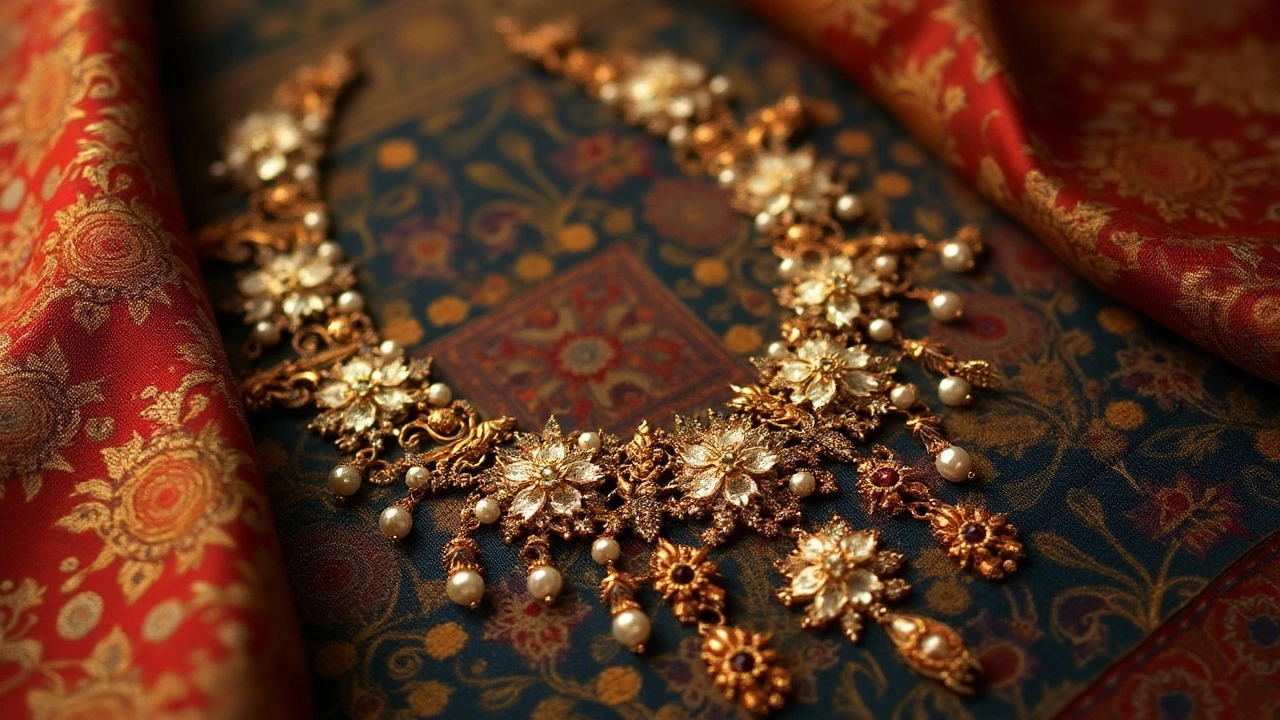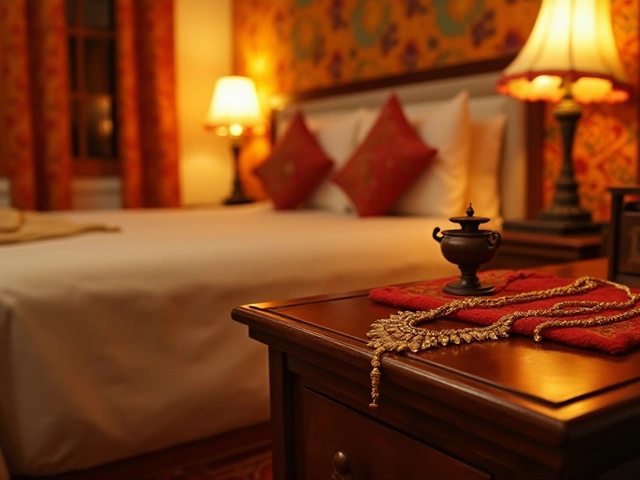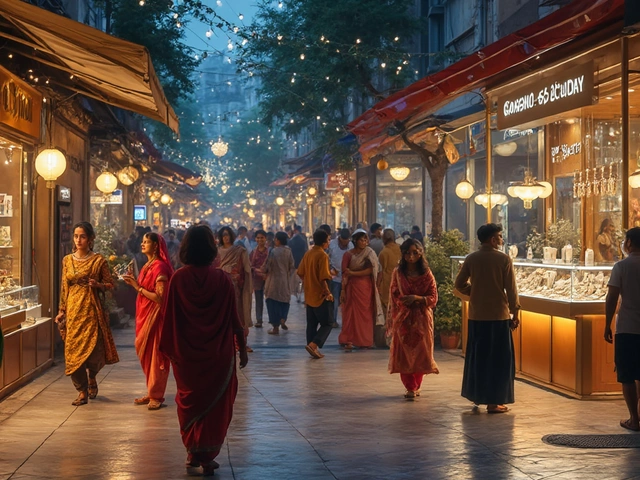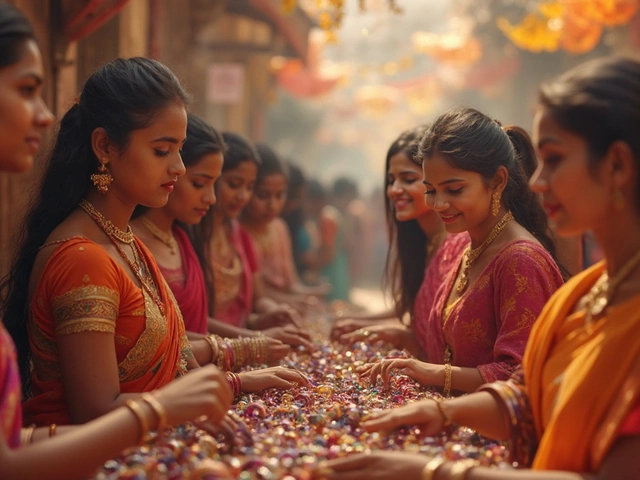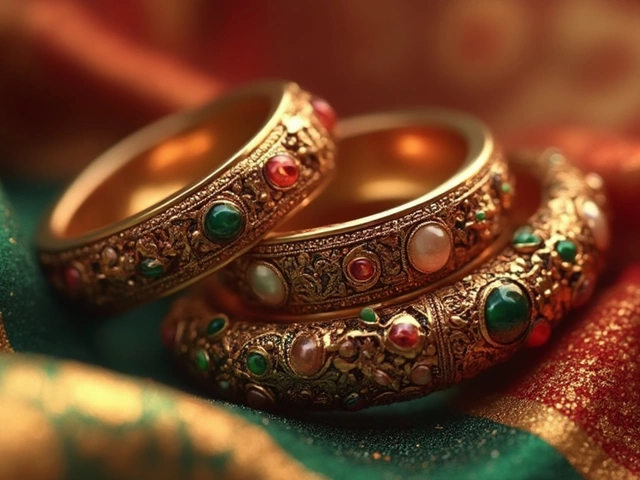Collectible Jewels: A Practical Guide for Hobbyists
If you’ve ever wondered why some jewels fetch huge prices while others sit unnoticed, you’re in the right place. Collectible jewels aren’t just pretty; they tell stories, carry history, and can be solid investments. This guide breaks down the basics so you can start spotting, buying, and protecting real treasures without getting lost in jargon.
Spotting a Collectible Jewel
The first step is learning the signs that set a collectible apart from ordinary jewelry. Look for recognizable hallmarks – tiny stamps that show the metal’s purity, the maker’s name, and the year of production. In India, the BIS hallmark on gold or the 875 stamp for 21‑karat gold are key clues. If you see a trusted jeweler’s signature, that’s often a good sign of authenticity.
Next, check the design and style. Pieces from famous periods – like Mughal-era gold work or Art Deco diamond settings – are highly sought after. Even a simple vintage design can be collectible if it comes from a renowned studio or has a documented provenance. Always ask the seller for any paperwork, old photographs, or purchase receipts that prove the piece’s history.
Condition matters a lot. Scratches, dents, or missing stones can drop value dramatically. A well‑preserved jewel that still has its original mounting holds more appeal than a piece that’s been heavily re‑set or repaired. When you inspect a ring or pendant, use a magnifying glass to see fine details and compare them with reference images from reputable sources.
Caring for Your Collection
Once you’ve added a collectible to your stash, protecting it becomes the priority. Store each item separately in a soft pouch or a lined jewelry box to avoid scratches. For high‑value pieces, consider a safe‑deposit box or a fire‑proof home safe. Avoid exposure to harsh chemicals – even perfume or cleaning agents can tarnish gold and damage gemstones.
Regular cleaning helps preserve luster, but do it gently. Use a mild soap solution and a soft brush for gold or silver. For delicate stones like pearls or emeralds, a quick wipe with a dry, lint‑free cloth is safer. Never submerge valuable jewelry in water unless you’re sure it’s safe for the specific materials.
Insurance is another smart move. If your collection’s value exceeds a few thousand rupees, talk to your insurer about a jewelry rider. Keep an updated inventory with photos, descriptions, and appraisals – this makes claims easier if anything ever goes missing.
Finally, stay informed. Market trends shift, and new auction results can change a piece’s worth overnight. Follow reputable blogs, join collector forums, and attend local jewelry exhibitions. The more you know, the better decisions you’ll make when buying or selling.
Collectible jewels can be a rewarding hobby, a conversation starter, and even a financial safety net. By learning how to spot authentic pieces, understanding what drives value, and caring for your treasures properly, you’ll enjoy the journey without the guesswork. Ready to start building your own legacy of beautiful, timeless jewels? Dive in and let each piece tell its story.
Discover the Most Coveted Vintage Jewelry Pieces
Vintage jewelry holds an undeniable allure, intriguing both collectors and fashion enthusiasts alike. Beyond their aesthetic charm, these pieces narrate stories from yesteryears, crafted with artistry that has stood the test of time. Whether it’s the radiant elegance of Art Deco or the intricate detail of Victorian designs, each piece carries a unique heritage. This article delves into the most coveted vintage jewelry pieces, exploring what makes them truly timeless treasures.
